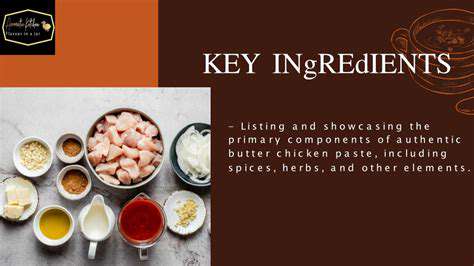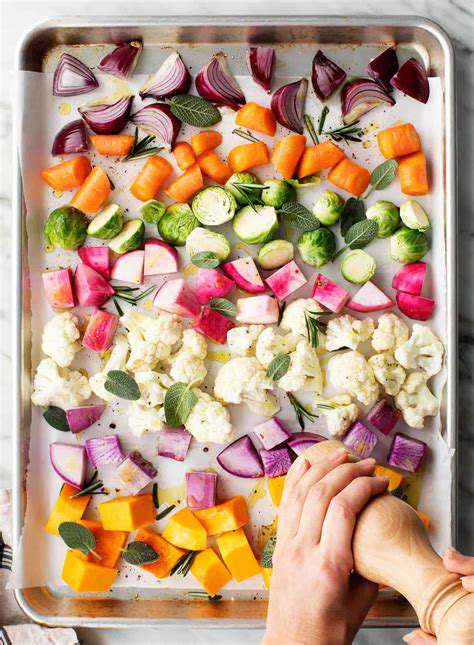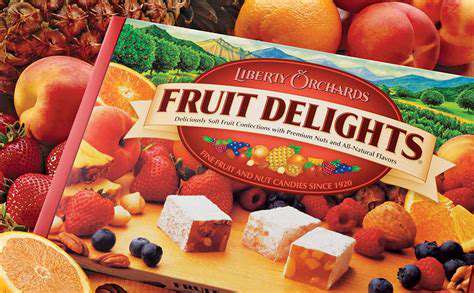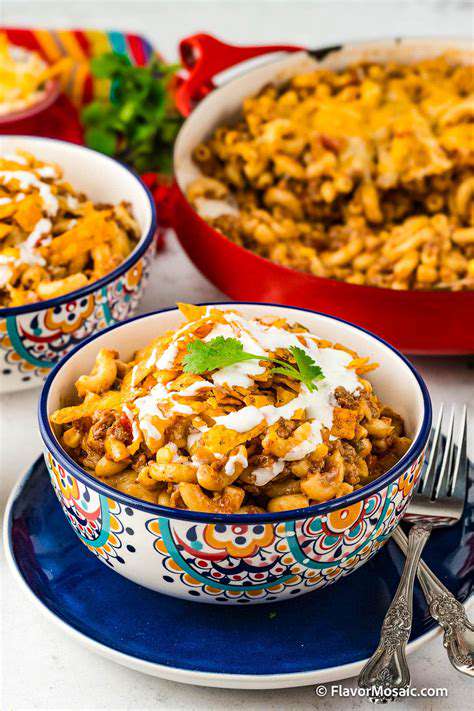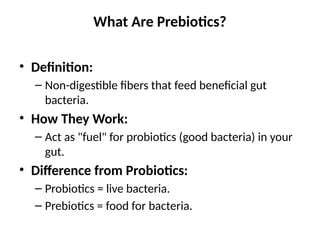Achieving Flaky PerfectionUnlock the secrets to creating a flaky, delicious pie crust every time!A perfect pie crust isn't just about throwing flour and butter together; it's about understanding the fundamental principles of its creation. This involves more than just tossing ingredients. The key lies in achieving a delicate balance between proper hydration, chilling, and incorporating the perfect amount of fat. This guide dives deep into the techniques that will elevate your pie crust from ordinary to extraordinary.Understanding the FundamentalsA perfect pie crust hinges on a few crucial elements:* Fat: Cold, high-quality fat is essential for creating flakiness. Butter, shortening, or a combination of both can be used, but remember that the fat should be exceptionally cold. This crucial step prevents the fat from melting and creating a dense crust.* Flour: Using the right flour is also important. All-purpose flour works well, but pastry flour (which has a lower protein content) often leads to a more tender and flaky crust.* Hydration: The correct amount of water is critical. Too much moisture will result in a tough crust, while too little will make it dry and crumbly. The key is to achieve a dough that is just moist enough to hold together.Beyond the Basics: Essential Techniques* Cold Ingredients: This is paramount. Cold ingredients are key to the desired flaky texture. Make sure your butter is very cold, and work quickly to minimize the time the dough is exposed to room temperature.* Cut the Fat: Don't just mix the ingredients. The fat needs to be incorporated into the flour in a specific way. Use a pastry blender or your fingertips to cut the fat into the flour until the mixture resembles coarse crumbs. Avoid overmixing, as this develops gluten and leads to a tough crust.* Chilling: Chilling the dough is crucial for achieving flakiness. This allows the fat to solidify, creating layers that separate as the crust bakes. Wrap the dough tightly and chill for at least 30 minutes, or even overnight for optimal results.Common Mistakes and How to Avoid Them* Overmixing: Overmixing develops gluten, leading to a tough crust. Keep your mixing to a minimum.* Warm Ingredients: Warm ingredients lead to a dense crust. Keep everything cold throughout the process.* Too Much Water: Too much moisture will make the crust tough. Start with a small amount of water and add more as needed, but be cautious.Tips for Success* Use a Pastry Blender: This tool is excellent for cutting in the fat evenly.* Work Quickly: Minimize the time the dough is exposed to warm temperatures.* Don't Overwork the Dough: Keep the mixing time short.* Chill, Chill, Chill: Chilling is your friend!By following these tips and techniques, you can create a perfect pie crust every time. From flaky layers to a delicious golden brown finish, your pies will be the envy of everyone. Get ready to bake some truly amazing pies!
Authentic German Sausage: Bratwurst & Sauerkraut
Cooking for Weight Loss: Healthy & Satisfying Meals
Homemade Hummus: Creamy & Flavorful Dip
Simple Side Dishes: Complement Any Meal
Quick & Easy Snacks: Healthy Grab and Go Options
Low Carb Dinner Meal Prep: Keto Friendly & Convenient
Homemade Brownies: Fudgy & Delicious
Simple Chicken Salad Recipes: Versatile & Delicious
Authentic Mexican Mole Sauce: Rich & Complex
Vegetarian Breakfast Ideas: Sweet & Savory
Kitchen Storage Solutions: Maximizing Space
Cooking with Pressure Cooker: Fast & Flavorful
Exploring Hungarian Goulash: Hearty Stew
Baking Sourdough Starter: Maintaining Your Culture
Homemade Muffins: Sweet & Savory Options
Understanding Digestive Health: Probiotics & Prebiotics
Exploring French Holiday Desserts: Buche de Noel
Homemade Candied Pecans: Sweet & Crunchy Topping
Quick & Healthy Dinners: Nutrient Packed Meals

